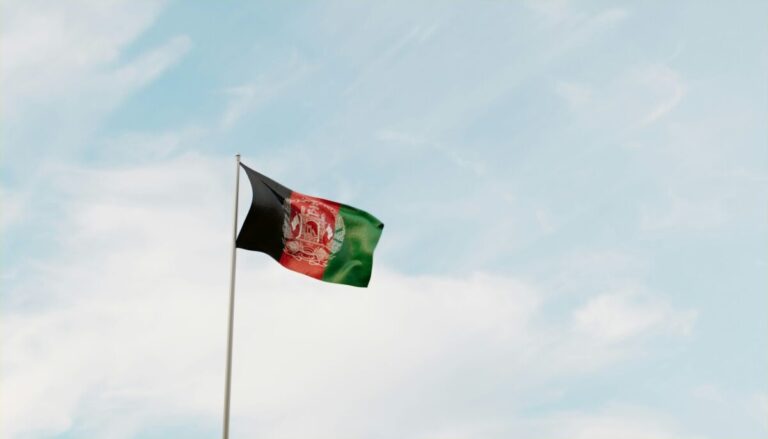On January 18, 2024, a sharp escalation occurred between Iran and Pakistan when Iranian forces carried out an airstrike targeting Pakistani territory near their shared border. The strike claimed the lives of nine people and injured several others, intensifying an already fragile and volatile situation between the two neighboring countries. This attack marked a significant flare-up in the ongoing tensions that have intermittently affected the border region.
A Volatile Border Region
The affected area has long been a hotspot for conflict, plagued by sporadic clashes often involving militants and insurgents crossing the border. Iran justified the airstrike as a necessary measure against cross-border terrorism and militant threats. Pakistan, however, condemned the strike as a breach of its sovereignty, deepening diplomatic strains. The underlying issues stem from a complex mix of regional security challenges, militant activity, and disputes over border control.
Retaliatory Strikes and Escalation
In retaliation, Pakistan launched strikes into Iranian territory, escalating the conflict further. Both nations rapidly deployed military forces along the tense border, raising fears of a wider confrontation. Given the already delicate political relationship between Iran and Pakistan, this military escalation triggered international alarm over potential instability spreading throughout the region.
Diplomatic Efforts and International Concerns
The international community swiftly voiced concerns. Major regional powers like China and Russia called for restraint, urging Iran and Pakistan to engage in peaceful dialogue to resolve their disputes. The United Nations Security Council condemned the violence and appealed for immediate negotiations to prevent further escalation. These diplomatic interventions underscore the global anxiety about the possibility of the conflict expanding in a geopolitically sensitive area.
Regional Instability and International Dynamics
This border clash highlights the broader instability facing both countries. Iran grapples with internal unrest, while Pakistan continues to confront militant threats and political turbulence. These domestic challenges, combined with competing international influences—including China, Russia, and the United States—complicate efforts to stabilize the region.
The crisis also emphasizes the strategic importance of the Iran-Pakistan border, situated at the crossroads of complex geopolitical interests. The potential for escalation threatens to draw in global powers, risking broader regional instability.
A Fragile Future
As Iran and Pakistan navigate their internal political landscapes and external pressures, the risk of further conflict remains a critical concern. Despite diplomatic appeals for calm, the core disputes remain unresolved, leaving the border a persistent flashpoint. The international community watches closely, hopeful for de-escalation and renewed dialogue to avert a worsening crisis.


